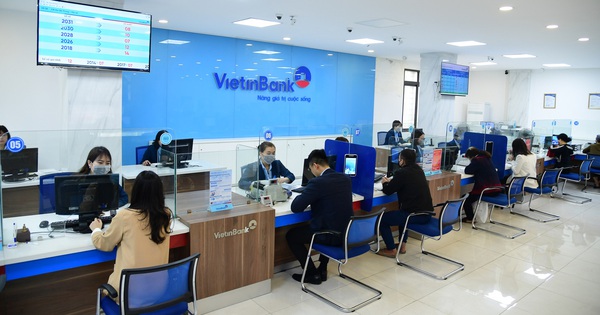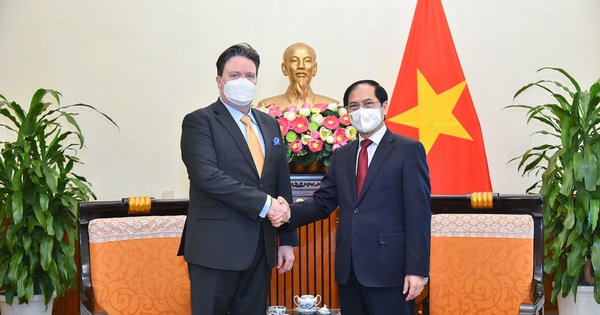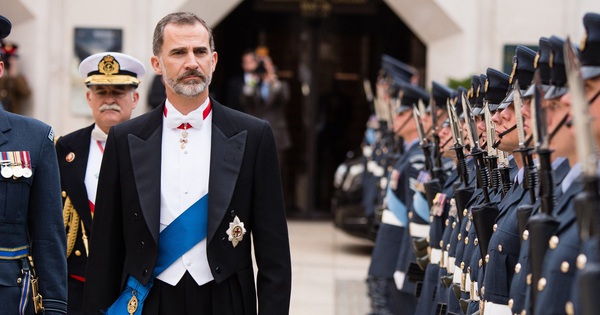What future for the global energy map?
If it remains tough, Russia will fall behind after 22 years of integration and the energy flow to the EU will shift to Africa, the US, and the Middle East.
Algeria has long been a mid-market player in the global oil and gas export game. But the energy crisis in Europe has provided an opportunity for the North African nation to emerge.
A few weeks ago, Italian Prime Minister Mario Draghi flew to Algeria to hammer out a deal to boost natural gas imports from the country by 40%, through an existing, underutilized pipeline that runs beneath the sea. Mediterranean.
Other oil and gas exporters that were not previously central to the global energy dialogue, such as Angola, Nigeria and Congo, are also emerging as promising energy suppliers to Europe. . Meanwhile, some European countries are rapidly reducing their purchases of Russian gas and are turning to other, though more expensive, suppliers such as Qatar and the United States.
These moves are part of the solutions that Europe has sought to respond to the energy crisis since the Ukraine crisis broke out. Recently, Russian President Vladimir Putin cut off gas supplies to Bulgaria and Poland because he refused to pay in rubles. Other big consumers of Russian gas, such as Germany and Italy, have sought to reassure their citizens that they have a solution if Putin continues to expand the move.
But under most scenarios, the next 18 months will be a tough one for Europe, as the impact of high energy prices still pervades the world. The bloc’s governments struggle to power factories, heat homes and keep power plants running.
There are not enough alternatives in the near term to avoid major economic losses in the winter if Russia cuts supply. This month, Germany’s central bank warned that the economy could shrink by 2% if the fighting drags on.
“What’s going on is a very dangerous game. I don’t know how this will end. It looks like it’s going to end badly for both Western Europe and Russia,” said Edward Chow, Specialist. energy security expert at the Center for Strategic and International Studies. “No one can produce much more liquefied natural gas quickly,” he added.
According to Daniel Yergin, Energy Historian and Vice President of S&P Global, what is happening is a sudden realignment of the global energy market, due to an unexpected move from Russia. Before that, the country had spent decades trying to use its rich oil and gas reserves to integrate into the world economy.

Pipeline at the Wierzchowice underground gas storage facility in Poland. Photo: Bloomberg.
Currently, the European gas market has become a patchwork.
Bulgaria can turn to Greece. Poland has a long-term plan to expand its LNG import port by ship and by pipeline directly from Norway.
“It was a dramatic, unexpected rearrangement of the world energy map. Two months ago, Europeans could not have imagined Russia cutting off energy supplies. Now the question is how much longer. “, Yergin said. According to the expert, everything happened very quickly. “In just eight weeks of hostilities, Putin destroyed what he had spent 22 years building to integrate Russia into the world economy,” he said.
Germany, Europe’s economic engine, was particularly unprepared for this situation. More than half of their gas supplies came from Russia before the Ukraine crisis. Germany has narrowed that number down to 35%, but there’s no good way to give up Russian gas anytime soon.
The country lacks the infrastructure to import LNG and its strong anti-nuclear stance has left only three reactors operational. As many as 14 reactors were closed after a tsunami hit the Fukushima nuclear complex in Japan in 2011.
German Economy Minister Robert Habeck predicted the country would fall into recession without Russian gas. “I take this matter very seriously,” he said. Germany has also tried to reduce the share of Russian crude oil imports from 35% to 12%.
Instead of buying oil and natural gas from Russia, where production costs are very low and pipeline transportation is cheap, Europe must first turn to more expensive alternatives like the US.
That way, Europe has to spend an extra $1.50 for every thousand cubic feet—that’s between 30% and 50% of the cost of gas—to get a vessel to carry LNG from the Gulf of Mexico to Europe. After that, the empty ship had to make the return trip, which took 24 days in total.
Europe lobbied as fast as possible to diversify supply, but energy producers could not keep up. A new natural gas supply project typically takes at least two to four years. At the same time, investors may be wary of large natural gas projects, as governments want to switch to more environmentally friendly energy sources in the long term.
Cliff Kupchan, political analyst and president of political risk and advisory firm Eurasia Group, says Europe’s transition to renewables and other gas sources will be faster.
Even so, the push to go more renewable energy remains a long-term proposition, complicated by supply chain issues. Renewable energy prices around the world, after nearly two decades of decline, have risen over the past year. In Europe there is little opportunity to add many new renewable energy customers quickly.
“The problem is no longer supply,” said Flemming Sorenson, Europe vice president of LevelTen Energy, which negotiates power purchase agreements. “There are very few new renewable energy contracts that can be signed and are ready to start before 2024,” he said.
Sorenson points to Spain as an example of regulatory obstacles that also hinder a rapid turnaround to other forms of energy. There are more than 70 gigawatts of solar power waiting to be deployed there. But the implementation is very slow.
Meanwhile, the supply focus is expected to shift to the South. Roberto Cingolani, Italy’s minister in charge of energy transition, said the country is racing to reach agreements with several African countries and hopes to be energy independent from Russia by spring 2024. .
“It’s a real shift, moving the focus of the system south. I think Europe as a whole realizes that depending largely on one country, one single supplier, is not the smart thing,” Cingolani said. He personally went to Angola and Congo, in search of supplies.
Either way, Italy is still better positioned than other European countries to handle the transition. The country already has two pipelines leading to Africa and another going east to Azerbaijan. However, the contingency plan will take some time to roll out and the country will remain vulnerable in the short term if Russia abruptly cuts off supply.
Under such a scenario, Italian consumers may have to reduce their use of air conditioning. Companies may face disruptions to energy supply. “Hopefully we don’t have to do that much. Hopefully we don’t have to do anything,” Cingolani said.
One thing that could alleviate price pressures on energy-intensive countries is a slowdown in the world economy. S&P Global estimates the latest blockades in China may have reduced world oil demand by one million barrels per day. The US and other countries are drawing down strategic stockpiles at a rate of 1.3 million barrels per day. The International Monetary Fund (IMF) estimates that the world economy will slow to 3.6% this year.
This is also the time of year that Europe builds gas storage. Last year, Russia’s supply cuts made it difficult to get through the winter. If Russia cuts off all of its gas flows, the worst-affected countries will be Germany, whose stockpiles are currently only 33.5% full; Italy at 35% and Hungary at 19.4%, according to RBC Capital Markets.
Where all this future goes depends on the next moves of the Kremlin. Russia relies heavily on gas and oil revenues. It will self-inflicted economic losses by stopping sales to Europe. At the same time, European customers have announced that they will complete the cessation of Russian gas imports by 2027. Thus, the ability of Russia to use energy power as an economic weapon against Europe will decrease. gradually. Some analysts say that could prompt Russia to use that weapon now, while it still has leverage.
These are creating new opportunities in Algeria and other African countries. But there are some problems that prevent them from exporting further. These include concerns about having enough fuel for domestic consumption as national economies grow, as well as geopolitical considerations around whether to tie too closely to Europe.
Another obstacle, however, is Europe’s preference for gas from Russia because it is cheaper and more readily available, according to Vijaya Ramachandran, an African energy expert at the Breakthrough Institute (California, USA). Europe also sees a temporary purchase of Russian gas as an easier path to the transition to renewable energy. As this option does not require major new investments in pipelines and infrastructure at home and abroad, rather than spending extra money if buying from Africa.
“Africa has long wanted to develop its natural gas reserves. But investors said it was too difficult, far and expensive. That has changed. This is a moment for Africa,” said Ramachandran. speak.
Session An (according to the Washington Post)
at Blogtuan.info – Source: vnexpress.net – Read the original article here



